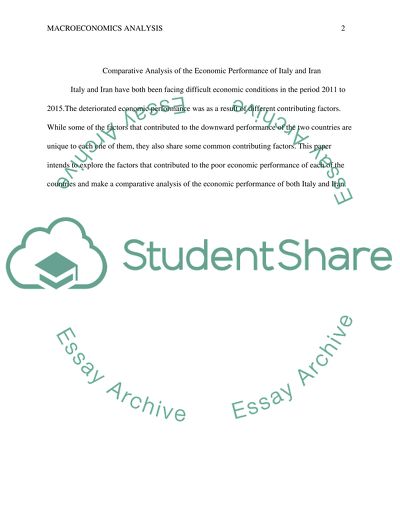Cite this document
(“Iran and Italy - macro economics assignment Essay”, n.d.)
Iran and Italy - macro economics assignment Essay. Retrieved from https://studentshare.org/macro-microeconomics/1691879-iran-and-italy-macro-economics-assignment
Iran and Italy - macro economics assignment Essay. Retrieved from https://studentshare.org/macro-microeconomics/1691879-iran-and-italy-macro-economics-assignment
(Iran and Italy - Macro Economics Assignment Essay)
Iran and Italy - Macro Economics Assignment Essay. https://studentshare.org/macro-microeconomics/1691879-iran-and-italy-macro-economics-assignment.
Iran and Italy - Macro Economics Assignment Essay. https://studentshare.org/macro-microeconomics/1691879-iran-and-italy-macro-economics-assignment.
“Iran and Italy - Macro Economics Assignment Essay”, n.d. https://studentshare.org/macro-microeconomics/1691879-iran-and-italy-macro-economics-assignment.


